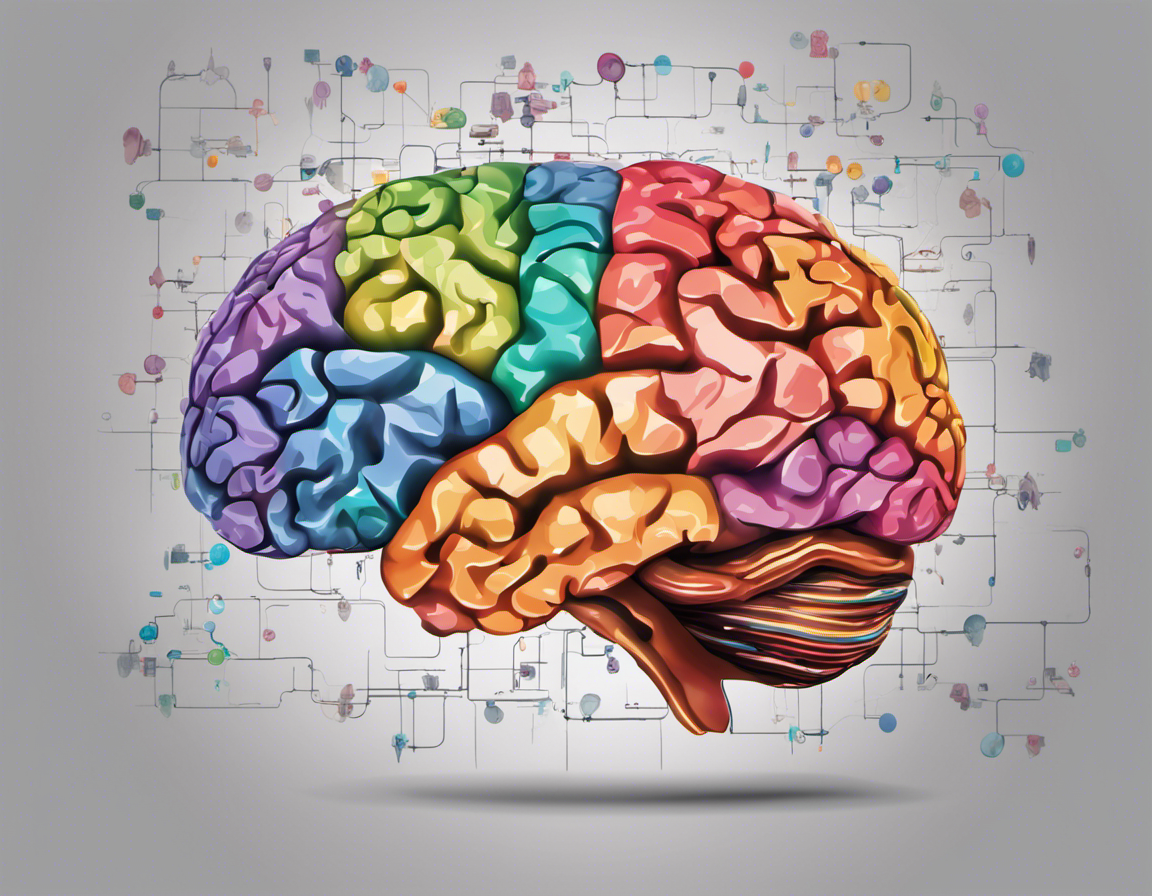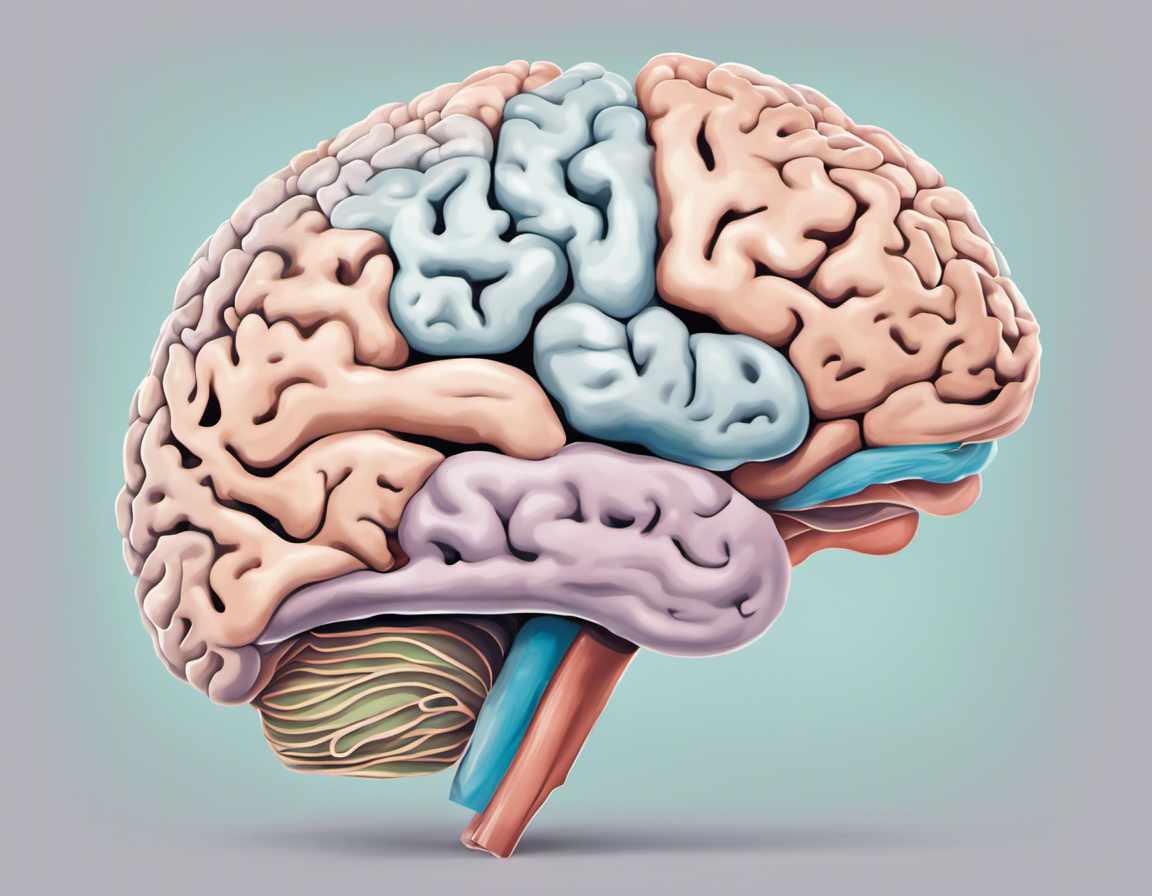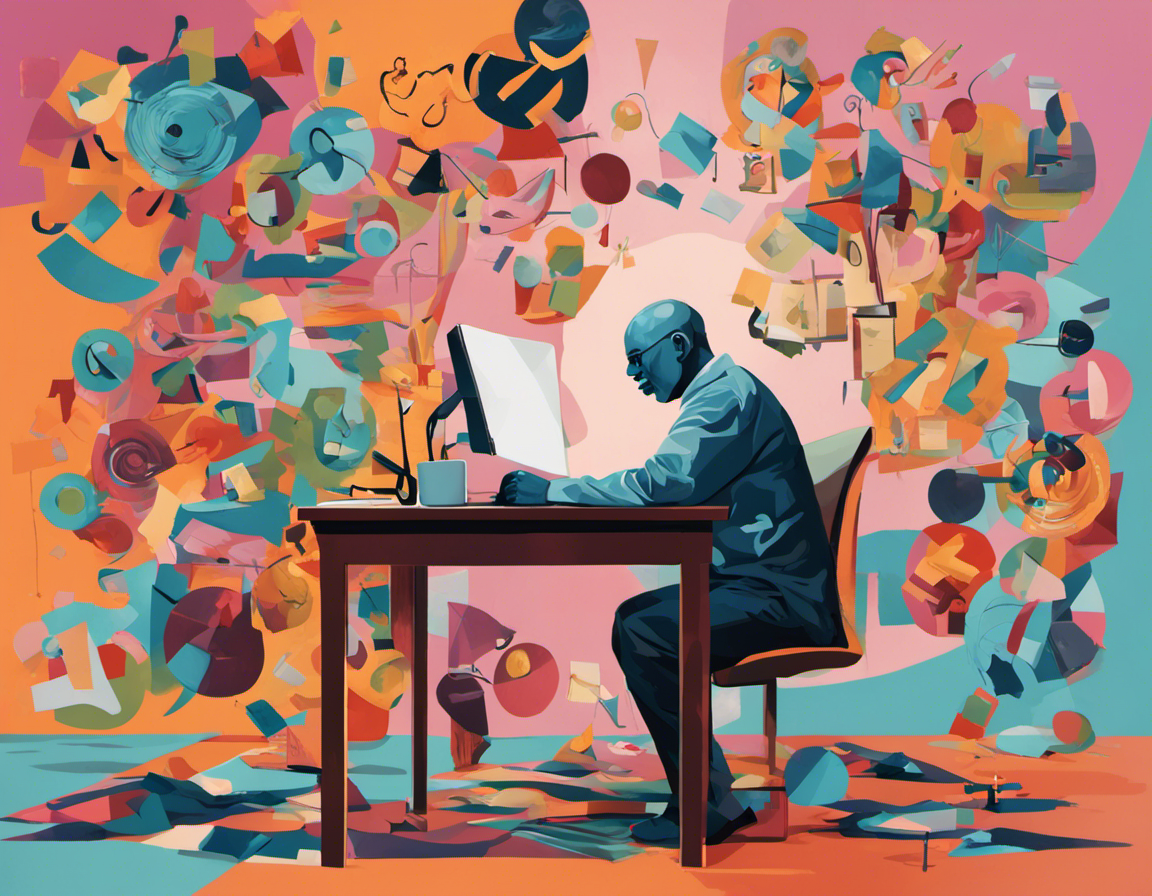Empowering Neurodiversity: A Comprehensive Insight into ADHD

What if the characteristics that make an individual unique weren’t seen as irregularities but rather as variations within the human brain? What if we embraced different thinking and learning methods as beneficial rather than debilitating? This paradigm shift is at the heart of the Neurodiversity movement, a perspective-changing society’s understanding of neurological differences like Attention Deficit Hyperactivity Disorder (ADHD).
ADHD, often misunderstood and stigmatized, impacts millions of people worldwide. This article aims to shed light on the realities of living and thriving with ADHD, from navigating educational and professional environments to managing social relationships. It will also delve into some common misconceptions about ADHD and unravel how the lens of Neurodiversity can transform these perceptions.
Engaging with multiple perspectives—researchers, experts, and individuals with ADHD themselves—this piece offers a comprehensive insight into ADHD through the lens of the Neurodiversity movement. Not only will you gain a deeper understanding of ADHD, but you’ll also see how Neurodiversity is fostering acceptance, promoting resilience, and encouraging societies to value cognitive diversity.
In a world increasingly appreciative of diversity in culture, background, and identity, it’s time we also championed diversity of the mind. Get ready to embark on a journey that aims to bridge gaps in understanding and empower Neurodiversity.
Introduction to Neurodiversity and ADHD
The world today is becoming more aware of the concept of neurodiversity, a perspective that acknowledges and appreciates the range of differences in human brain function. This line of thought attempts to debunk the prevailing stereotypes and misconceptions regarding neurologically atypical individuals.
Neurodiversity Movement: A Brief Overview
The Neurodiversity movement gained traction towards the end of the 20th century. Its primary focus is on promoting an understanding that neurological differences such as ADHD, Autism, Dyslexia, etc., should not be stigmatized but rather seen as natural variations of the human brain. It supports, in essence, the idea that these differences can contribute equally to society if nurtured in positive and supportive environments.
Role of the Neurodiversity Movement in Today’s Society
In today’s society, the Neurodiversity movement plays a significant part in advocating for those who deviate from neurological norms. Rather than viewing these differences as disorders to be cured, they are seen as unique attributes that bring value to society. The movement seeks to change societal norms by fostering acceptance and understanding of neurological variations.
Understanding ADHD
Attention Deficit Hyperactivity Disorder (ADHD) is a developmental condition often associated with persistent inattention, impulsivity, and hyperactivity patterns. It’s one such neurological difference that stands under this umbrella of neurodiversity.
Major Characteristics of ADHD
People with ADHD demonstrate several key traits. They may easily lose focus on tasks unless they find them exciting or challenging. Additionally, their inclination towards impulsivity might lead them to make decisions without fully considering the consequences. Hyperactivity, another significant feature, results in notable restlessness and a greater need for physical activity than their neurotypical peers.
Despite these challenges and the prevailing stereotypes about ADHD’s negative impact, it’s integral to note that individuals with ADHD bring various strengths to society. Their characteristic cognitive patterns can offer novel perspectives and unique problem-solving skills.
Impact of ADHD on Daily Life
ADHD, being a neurological difference, influences every facet of life considerably.
Social Challenges Linked to ADHD
In social situations, ADHD can pose its own set of unique obstacles. For example, impulsivity can lead to unintentional abrupt interjections in conversations. In other cases, a heightened energy level is often considered restlessness and may result in strained relationships or social exclusion. However, these challenges should not tarnish the fact that individuals with ADHD can also be highly creative and associative thinkers with vibrant and explorative personalities.
ADHD in an Educational Setting
The traditional education system often presents challenges to individuals with ADHD. Their unique, rapid thought processes may be misunderstood as lacking focus or disobedience. Consequently, these misunderstandings may lead to negative experiences, such as underperformance in school or disciplinary issues. On the flip side, potential gifts such as their creativity and adaptability to dynamic circumstances often thrive outside the conventional classroom setup.
ADHD in the Workplace
The work environment demands specific skill sets that might be challenging for people with ADHD. Tasks that require prolonged focus or follow rigid procedures might be overwhelming. However, it is essential to note that individuals with ADHD are also known for thinking outside the box and offering novel solutions — traits immensely valuable in innovative industries.
Stigmas and Misconceptions about ADHD
Navigating life with a neurological difference, such as ADHD, is not without hurdles due to some societal prejudices.
Society’s View on ADHD
Societal perceptions of ADHD often lean towards misunderstanding and negative stereotyping. Behavior deviating from norms is often misconstrued as laziness, lack of discipline, or incompetence when it reflects their brain’s unique wiring.
The Reality of Living with ADHD
Living with ADHD involves dealing with daily obstacles while managing the nuances of this neurological difference—but it is not synonymous with dysfunction or inability. It portrays a different framework of experiencing the world, often loaded with a surprising dose of creativity, spontaneity, and resilience.
Neurodiversity and ADHD
The concept of neurodiversity is a potent force in reframing our understanding of ADHD.
How the Neurodiversity Movement Supports Individuals with ADHD
The neurodiversity movement champions the notion that neurological variants such as ADHD are not deficits but differences to be respected. This perspective aids in enhancing societal awareness, empathy, and acceptance towards individuals with ADHD.
Perspectives on ADHD within the Neurodiversity Framework
Within the neurodiversity paradigm, ADHD is not a pathology to be corrected. Instead, it is understood as an integral part of human cognitive diversity. This shift empowers individuals with ADHD, acknowledges their strengths, and values their unique contribution to societal progress.
Case Studies and Personal Stories of Life with ADHD
Personal stories and case studies provide real-world insights into the experiences of those living with ADHD. These narratives range from handling challenges in daily life to celebrating victories and dispelling stereotypes. They serve as powerful testaments to the resilience of individuals with ADHD and offer an empathetic gateway for others to understand this neurological difference better.
Conclusion
In essence, the Neurodiversity movement brings a much-needed shift in perspective about cognitive differences like ADHD, fostering greater acceptance and understanding. Replete with potential, those living with ADHD are not merely bound by this difference but are creative innovators who shape the world with their unique abilities and insights.
Recognizing ADHD as not a deficit but rather an essential aspect of our human diversity challenges societal stereotypes and paves the way for inclusion. Let us continue to educate ourselves and others about the beauty of neurodiversity, dispelling misconceptions and acknowledging the value of all cognitive differences in our society.
The impact individuals with ADHD have made in our world is undeniable – a vibrant testament to their resilience and creativity. Thence, it proves necessary for further research on the subject to truly appreciate the lessons neurodiversity brings – in empathy, acceptance, and celebrating the kaleidoscope of human experiences.




Comments